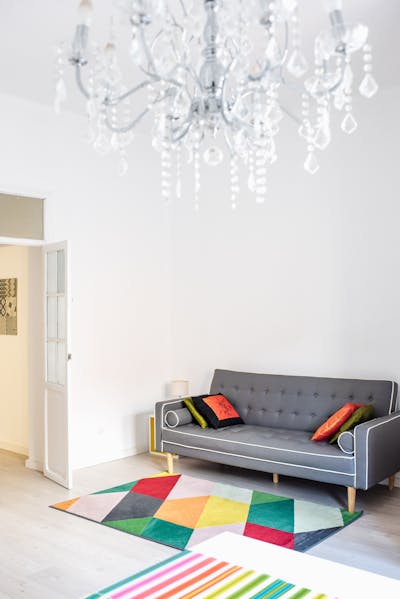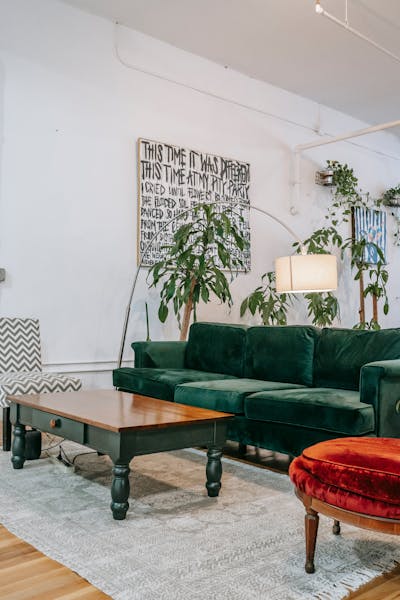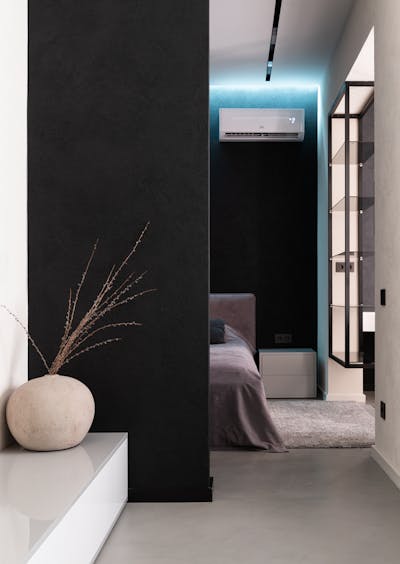Rug design is a versatile aspect of home decor that can significantly influence the aesthetic and atmosphere of a space. From texture and pattern to color and size, every element of a rug contributes to how it enhances your home. In this article, we will explore the various rug design elements that can elevate your space and create a warm and inviting environment.

Understanding the Basics of Rug Design
Before diving into specific design elements, it’s important to understand the foundational basics of rug design. From the material of the rug to its intended use, these factors will help determine what design elements work best for your space.
1. Material Choices
The material of a rug affects not only its appearance but also its durability and comfort. Common materials include:
- Wool: Renowned for its durability and warmth, wool rugs come in a wide range of designs and are often used in traditional homes.
- Polyester: This synthetic material is popular for its vibrant colors and low maintenance requirements.
- Jute: A natural fiber that brings an earthy, rustic feel to any space while providing durability.

2. Rug Size and Shape
The size and shape of a rug can dramatically affect the space. Considerations include:
- Area Rugs: Ideal for defining spaces in larger rooms, these rugs can anchor furniture and bring together various elements.
- Runner Rugs: Perfect for hallways or narrow spaces, adding elongation to an area.
- Round Rugs: Great for adding softness and breaking up the rigidity of rectangular furniture.
Color Considerations in Rug Design
Color is one of the most impactful design elements in any rug. It affects mood and perception while complementing your decor. Here are some ways color contributes to rug design:
1. Setting the Mood
Colors can elicit emotional responses. Warm colors such as reds and yellows can create a vibrant atmosphere, while cool colors like blues and greens can result in a calming effect.
2. Creating Visual Harmony
Rug colors should harmonize with the existing color scheme of the room. Choose complementary colors to facilitate a cohesive look or opt for contrasting colors for a more dynamic interplay.

Patterns and Textures
The pattern and texture of a rug are critical elements that can elevate your space. They add visual intrigue and texture, enhancing the overall design:
1. Patterned Rugs
Patterns can create focal points and bring depth to a room. Popular choices include:
- Geometric Patterns: Modern and stylish, these patterns can impart a sense of order and sophistication.
- Floral Designs: Ideal for adding elegance and warmth, floral patterns can enhance traditional decor.

2. Textured Rugs
Rug texture increases the tactile experience of a space. Shag rugs, for example, create a soft and cozy atmosphere, ideal for comfort zones.
Defining Spaces and Enhancing Functionality
The arrangement and design of rugs can serve as functional elements in your home. Consider these strategies:
1. Zoning Areas
Rugs can define different areas within an open-concept space, such as separating the dining and living areas. This can create a sense of organization in your layout.
2. Practical Considerations
In high-traffic areas, consider durable rugs that can handle wear and tear while maintaining their appearance.

Conclusion
Rug design is an essential component in elevating the aesthetic appeal of your space. By understanding the elements of material, size, color, pattern, and texture, you can choose rugs that enhance the beauty and functionality of your home. Ultimately, a well-chosen rug can transform your living environment into a stylish and inviting space.



